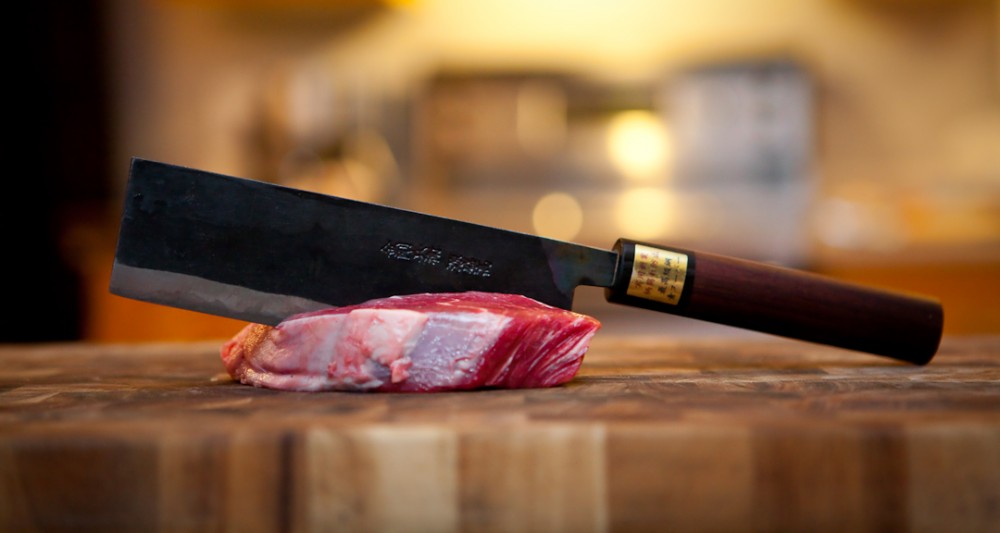Most people, even those who do their fair share of cooking, never bake their own bread, not because they don’t like the taste of fresh, hot out of the oven bread, but because it is just so much work and makes such a mess. When people think of making homemade bread, they typically have visions of a mother or grandmother laboriously kneading bread in kitchen completely covered in a layer of flour, but thanks to a brilliantly simple breakthrough, you can now make your own bread without any kneading at all.
When I say that you can make bread without kneading it, I’m not talking about buying a bread machine or some fancy mixer; I mean that you can make great bread with just flour, water, salt, and a small bit of yeast with about 2 minutes’ worth of active preparation time. All you need to do is mix the flour and salt in a bowl with a larger than usual amount of water and a lower than usual amount of yeast.
Though the active cooking time is minimal, the process does take much longer as you will need to allow the mixture to rise overnight, so if you have people coming over on short notice you will have to pick up a loaf at the grocery store. Once you let the bread make its initial rise over 12-18 hours, then knock it down, put it in a well-oiled loaf pan and let it rise again for 2-3 hours, at which point you pop it in the oven and bake it as you would with any other bread. This works with virtually any kind of bread you want to make, from classic white French bread to any kind of whole grain you’re into.
This is how all bread should be baked from now on. Normally when you find a way to cut down on the work involved in the kitchen there is some sacrifice of quality or taste, but that is not the case with the no knead method. In fact, most bakers will tell you that the prolonged rising period helps to build more flavour. The reality is that you probably wouldn’t be able to detect the difference between a slow rise, no knead bread and a quick rise, kneaded bread, but that’s not the point; the reason for using the no knead method is that it allows you to make a loaf of bread that tastes as least as good as the traditional method but is only a fraction of the effort and mess.
Tools:
- Mixing bowl
- Circular thing
- Pizza stone
- Pizza peel
Ingredients:
- 4 cups bread flour
- 1 ½ tsp salt
- ½ tsp active dry yeast
- 2 cups lukewarm water
Directions:
Whisk together all the dry ingredients then stir in the two cups of water with the handle of a wooden spoon. Cover with plastic wrap and set aside in a warm place for 12 to 18 hours. After the initial rise, place a sheet of parchment paper on a pizza peel, coat it in olive oil, then coat a spring pan in olive oil and place it on the parchment paper. Knock down the dough and dump it into the spring pan. Sprinkle some flour over the dough, then sprinkle flour over a cotton cloth before placing it over the dough. Allow to rise for about three hours or so. Place a pizza stone in the middle rack at least a half hour before you are ready to bake the break and set the oven to 415 degrees. Place a baking tray in a rack just below the pizza stone. When the dough is finished rising, remove the stone and slide the parchment paper and the pan onto the stone and put back in the oven. Pour one cup of water into the pan underneath the stone and through about a half cup into the bottom of the oven. Close up the oven and bake for about 40 minutes.
